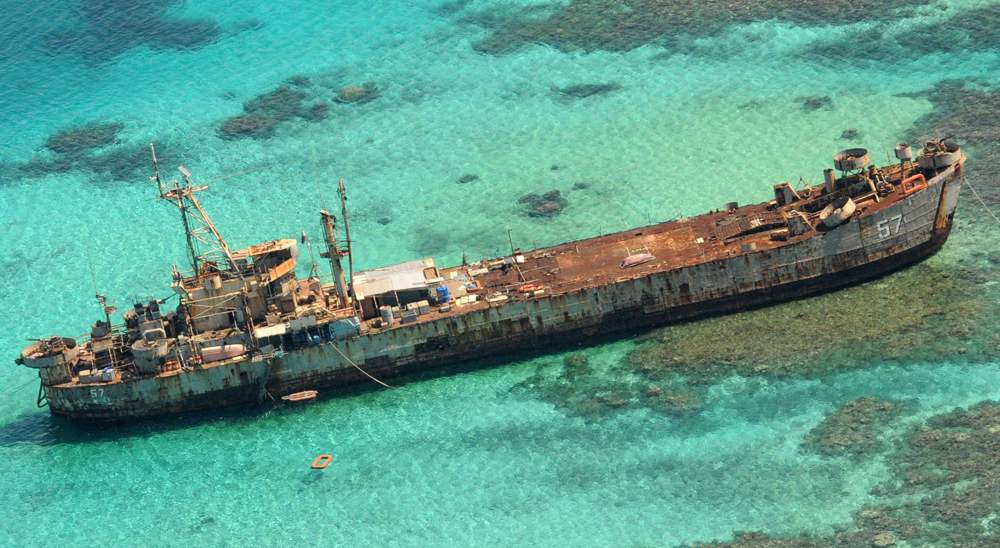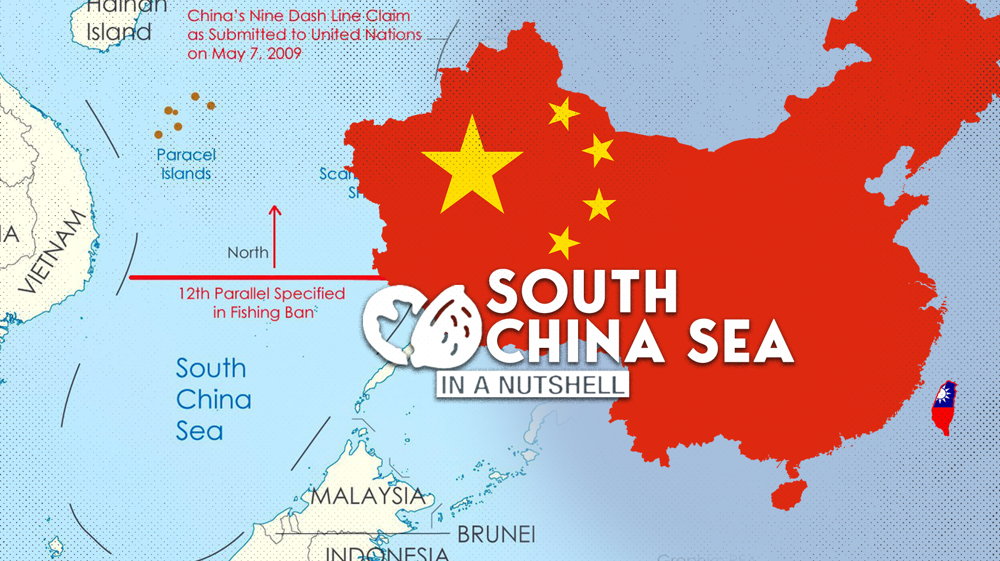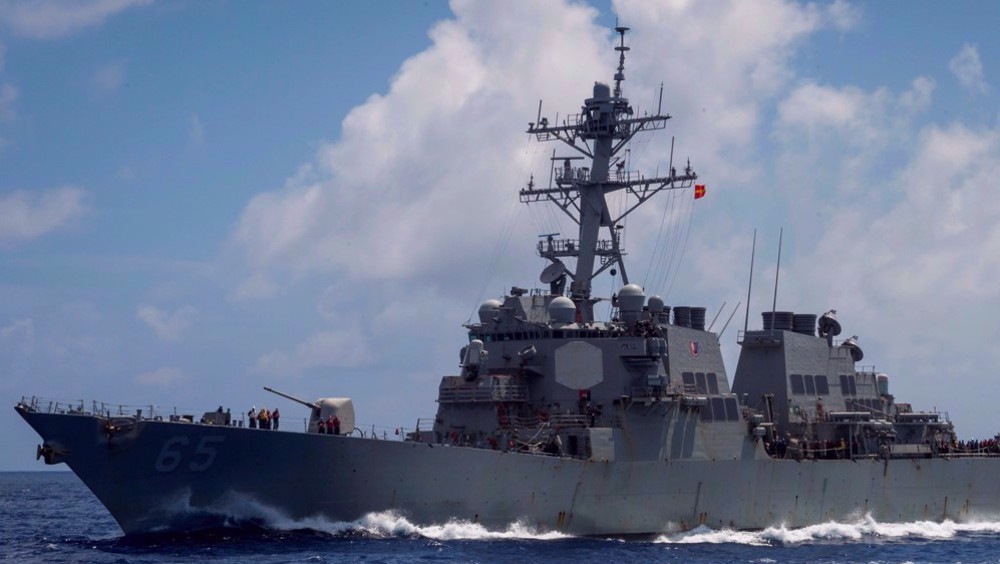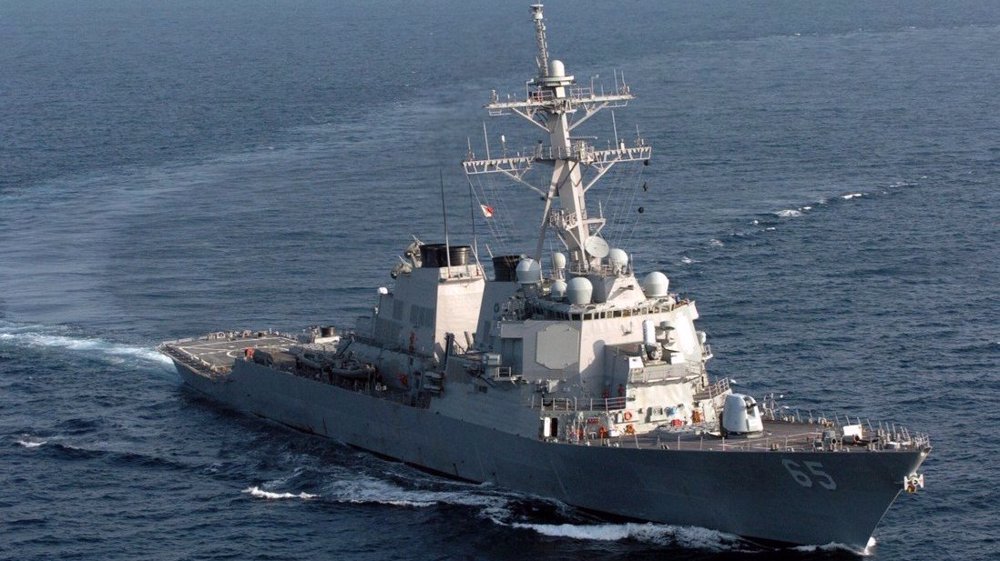The South China Sea dispute
Political tensions remain strained between China and its neighbors over the South China Sea. The sea has in recent years become a flashpoint for tensions as all nations have their own territorial claims.
What made it worse was the US involvement in the dispute.
While the dispute has drawn attention in recent years, the problem has actually existed for decades.
As long ago as the 1970s various countries began to claim islands in various zones in the South China Sea.
At the moment, not only China, but Brunei, Indonesia, Malaysia, the Philippines, China-Taipei, and Vietnam all have competing claimants.
The disputes involve the islands, reefs, banks, and other features of the South China Sea, including the Spratly Islands, Paracel Islands, Scarborough Shoal, and various boundaries in the Gulf of Tonkin. There are further disputes such as the waters near the Indonesian Natuna Islands, which many do not regard as part of the South China Sea.
Claimant states are interested in retaining, or acquiring, the rights to fishing stocks, the exploration and potential exploitation of crude oil and natural gas on the seabed at various parts of the South China Sea, and the strategic control of important shipping lanes. Maritime security is also an issue as the ongoing disputes present challenges for shipping.
But what makes this sea so strategic and important and why can't they all share the water and coexist?
The area is said to be rich in oil and natural gas deposits. However, the estimates are highly varied. The Chinese Ministry of geological resources and mining estimated that the South China Sea may contain 17 point 7 billion barrels of crude oil; comparable to the oil rich country of Kuwait, which has 13 billion barrels.
$5.3 trillion in trade passes through the South China Sea. About 84% of the world's electronics are made in Asia, and analysts estimate that 85% of those goods are made in China. As one analyst notes all that cargo flows through the South China Sea. The claimants are not just claiming islands or zones in the South China Sea. They are actually building islands in the sea.
In 2013, China began Island building in the Spratly Islands and the Paracel Islands region. But it wasn't China that began this trend. Island building in the South China Sea was primarily started by Vietnam and the Philippines who have been doing this for decades.
While China has come late to the island building league, its efforts have been unprecedented; from 2014 to 2016 it constructed more new-island-surface-landmass than all other nations have constructed throughout history.
China has also placed military equipment on one of its artificial islands in 2016; another unprecedented move.
Beijing has been criticized time and again for its Island building activities.
Experts believe that the reason why Vietnam, in contradistinction to China, has been subject to little international criticism, and even support, is because of the slower speed of its Island building project. If that sounds unfair it is because the world is not a fair place.
In 1974 China was given a non involvement promise from the United States when it was involved in a dispute with Vietnam. However, Washington changed its attitude towards the matter during Barack Obama's presidency.
In 2012 A US State Department press statement identified China as an assertive state in the region and communicated the United States' concerns about the developments in the area.
Washington also expressed support for congressional approval of the Law of the Sea Convention which would strengthen the ability of the United States to support countries that oppose Chinese claims to certain islands in the area.
In 2015, a US destroyer, the USS Lassen navigated within 12 nautical miles of reclaimed land along the Subi Reef as the first in a series of what the US call freedom of navigation operations.
Beijing issued a warning and said it would not allow any country to violate China's territorial waters in the name of "freedom of navigation". Two United States B 52 strategic bombers also flew near artificial Chinese built islands in the area of the Spratly Islands, and were contacted by Chinese ground controllers, but continued their mission undeterred.
Experts believe that the US involvement in the dispute might lead to a conflict, while the US claims that its presence in the South China Sea is to support its allies but by the years long trade war between Washington and Beijing suggests that the US has other motives.
Resistance will continue until ultimate goal achieved, Leader warns enemy
Israel strikes south Lebanon on Nasrallah’s funeral day, heightening tensions
Trump wants return on Ukraine aid: ‘We’re getting our money back’
The world’s longest tunnel between Iran and Qatar
Lebanese woman who defied ban to raise Nasrallah's photo at Beirut Airport speaks out
Iran reaffirms support for Lebanon, resistance amid Hezbollah leaders’ funeral
Spain, Norway condemn Trump’s scheme to expel Palestinians from Gaza
Syrians call for liberation of Golan Heights, resisting further Israeli land grabs















 This makes it easy to access the Press TV website
This makes it easy to access the Press TV website